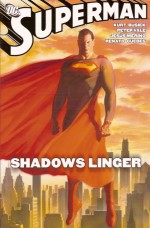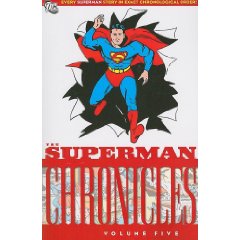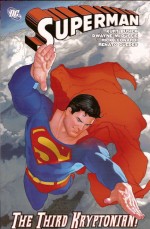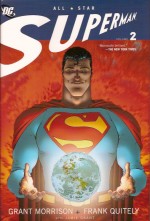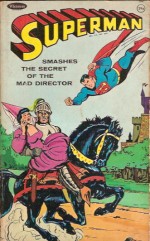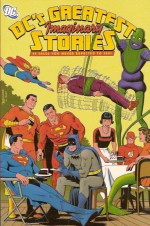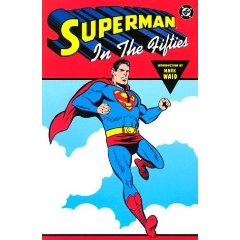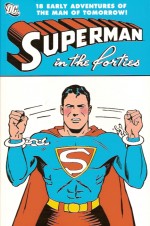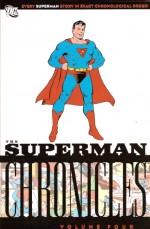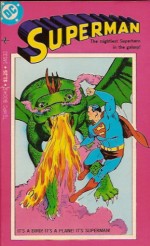
By various (DC Comics/Tempo Books)
ISBN: 0-448-14532-4-125
Released in 1978 to coincide with and capitalise on the major motion picture starring Christopher Reeve, this dandy little black and white paperback was part of a continuing drive by DC to get out of the down-market newsstands and place their characters regularly onto the shelves of bookstores.
Comic books had always suffered low self-esteem when compared to “proper books†and even their newspaper strip cousins periodically took every opportunity to break out of the “kid’s stuff†ghetto – such as when the incredibly popular Superman radio show and animated cartoons of the 1940s resulted in the iconic Adventures of Superman novel by George F. Lowther in 1942 (coming soon! What I think about a really hard to find book from nearly seventy years ago!).
They achieved some success with the plethora of paperbacks that accompanied the 1960s “superhero/camp craze†which had every funny-book producer from Archie Comics to Tower Books churning out rapidly re-sized, monochrome editions of their wares, all-new material (See Dracula or Blackmark) and even prose novels such as Batman vs the Three Villains of Doom (also on my “to do†list!) and ever since then comics collections could be seen every so often in Waldenbooks or W.H. Smiths nestled between science fiction and movie novelisations.
Of course this was before they gave up trying to fit their only strengths into a limiting format and went the European route of albums/graphic novels/trade paperbacks – with spectacular success. And just in case you were wondering why they kept trying? At its best, a comics title could reach about a million unit sales through magazine vendor systems whilst a book – any book – had the potential of reaching four to twenty times that number…
The collection in question takes its content from the early 1960’s canon (when the book’s target audience would have been little kids themselves) showcasing a rather more sophisticated set of tales than you might expect, starting with a somewhat truncated ‘The Complete Story of Superman’s Life’ from 1961, illustrated by Al Plastino covering all the basics: death of Krypton, rocket to Earth, early life as Superboy, death of the Kents and moving to Metropolis, whilst ‘Superman’s Mermaid Sweetheart’ is a bittersweet sequel to the Man of Steel’s doomed college romance with the mermaid Lori Lemaris from 1959 illustrated by the legendary Wayne Boring.
Curt Swan drew the remaining three tales, a telling confirmation of his huge contribution to the mythology of the Man of Tomorrow, beginning with ‘Superman’s Greatest Secret’ (1961) one of the best secret identity preservation stories of the period – with a giant fire-breathing monster too – whilst the landmark ‘The Legion of Super-Villains’ from the same year is a stand-out thriller featuring Lex Luthor and the adult Legion of Super-heroes and the fun concludes with ‘When Superman Lost his Memory’ (1965) an excellent example of another favourite plot when our hero had to recover not only his lost identity but also his missing superpowers…
There is a nostalgia and comforting familiarity to these tales but the immense quality and talent of the artists and especially writers such as Jerry Siegel, Edmond Hamilton, Otto Binder, Leo Dorfman and all the rest. My own longstanding personal appreciation and regard for this kind of package stems from my own boyhood, when I discovered how perfectly such books fitted into a school blazer pocket…
© 1978 DC Comics, Inc. All Rights Reserved.

